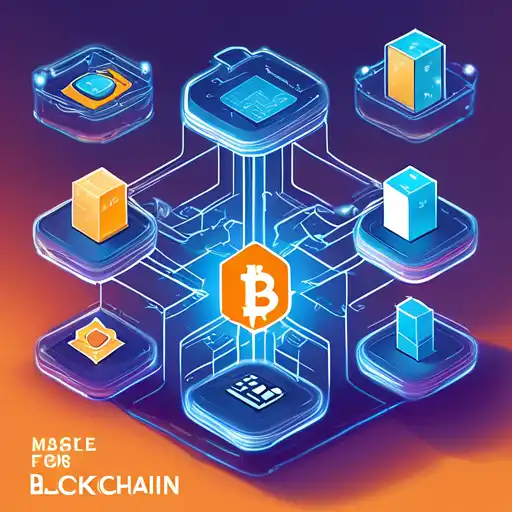What is Blockchain?
Blockchain technology is a decentralized digital ledger that records transactions across many computers in such a way that the registered transactions cannot be altered retroactively. This technology is the backbone of cryptocurrencies like Bitcoin, but its potential applications extend far beyond digital currencies.
How Does Blockchain Work?
At its core, a blockchain is a chain of blocks, where each block contains a list of transactions. These blocks are linked together using cryptography, ensuring the integrity and security of the data. Once a block is added to the chain, it is extremely difficult to alter, making blockchain a secure and trustworthy system.
Key Features of Blockchain
- Decentralization: Unlike traditional ledgers or databases controlled by a single entity, blockchain is distributed across multiple nodes, making it more secure and less prone to censorship.
- Transparency: All transactions on the blockchain are visible to all participants, ensuring transparency and trust among users.
- Immutability: Once a transaction is recorded on the blockchain, it cannot be changed or deleted, which helps prevent fraud and unauthorized activity.
- Security: Blockchain uses advanced cryptographic techniques to secure data, making it highly resistant to hacking and fraud.
Benefits of Blockchain Technology
Blockchain offers numerous benefits across various industries, including finance, healthcare, and supply chain management. Some of the key advantages include reduced costs, increased efficiency, and enhanced security.
Applications of Blockchain
Beyond cryptocurrencies, blockchain technology is being explored for a wide range of applications, such as smart contracts, supply chain tracking, and secure voting systems. Its ability to provide secure, transparent, and tamper-proof records makes it ideal for any scenario where trust and security are paramount.
Getting Started with Blockchain
For beginners interested in exploring blockchain, starting with a basic understanding of how it works and its potential applications is crucial. There are many resources available online, including tutorials, courses, and forums, where you can learn more about this transformative technology.
Conclusion
Blockchain technology is revolutionizing the way we think about digital transactions and data security. Its decentralized, transparent, and secure nature offers a new paradigm for conducting business and managing information in the digital age. As the technology continues to evolve, its impact is expected to grow, making it an exciting area for exploration and innovation.
